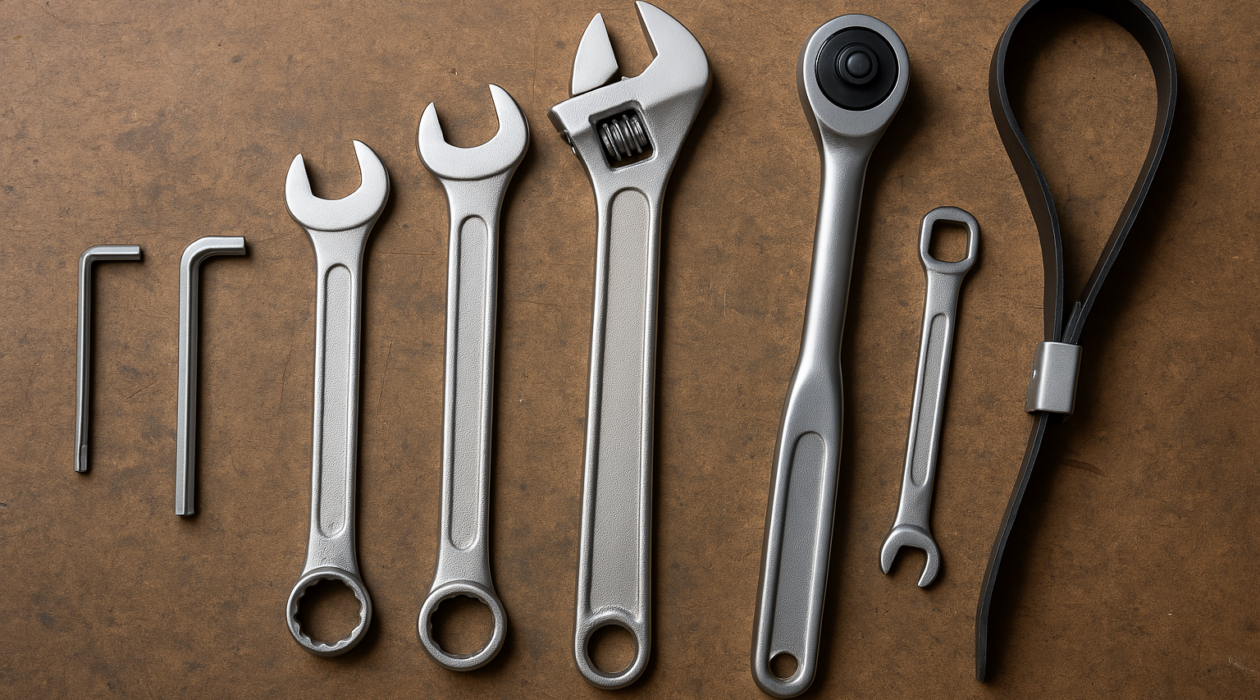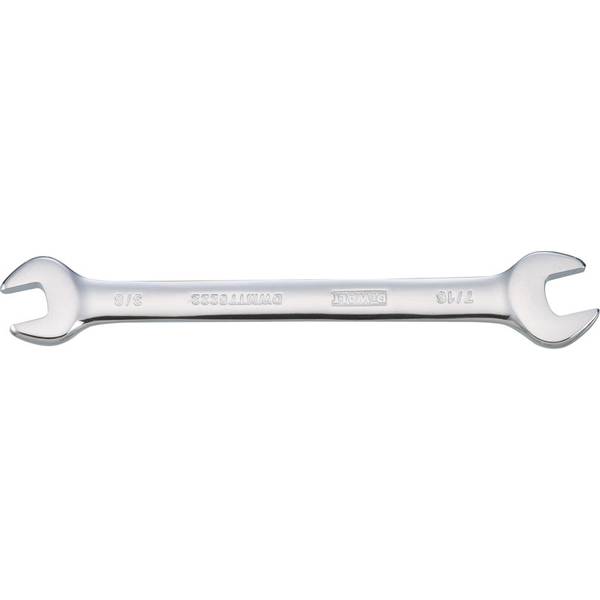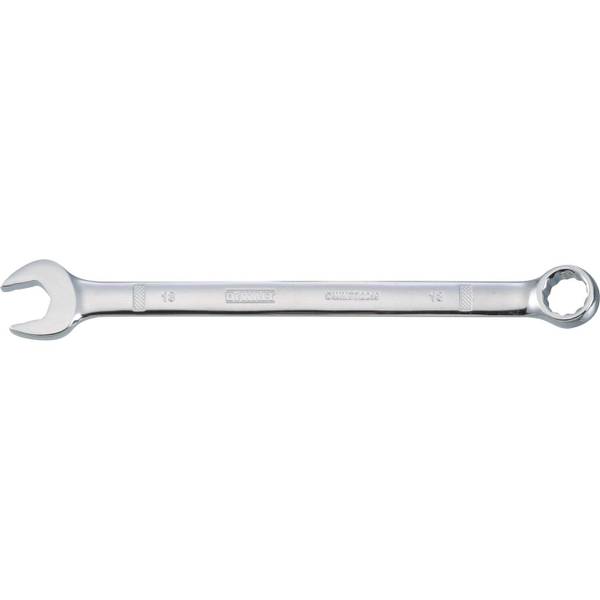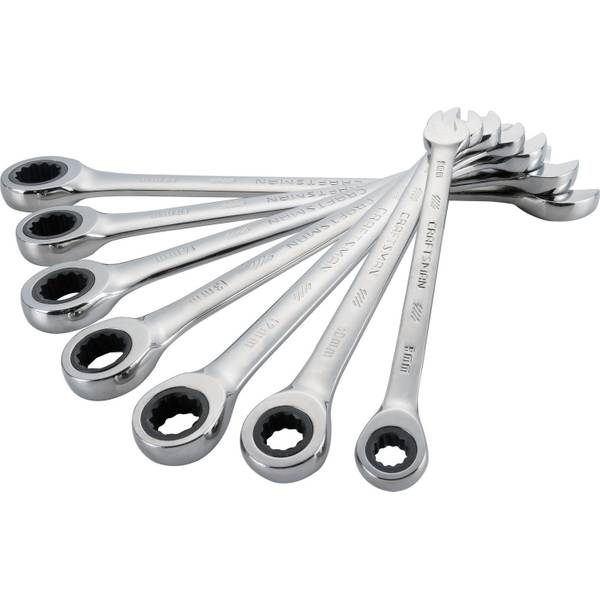If you’re a DIY enthusiast, you already know that having the right tools makes all the difference between a quick fix and a frustrating afternoon. Among the must-haves in any toolkit, wrenches are some of the most essential—and versatile—tools you’ll use. Whether you’re assembling furniture, fixing a leaky sink, tuning up a bicycle, or working under the hood of your car, there’s a wrench for the job.
But not all wrenches are created equal. In fact, there’s a wide variety of types, sizes, and purposes that can make choosing the right one feel overwhelming. That’s why we’ve put together this ultimate guide to wrenches. We’ll break down all the common wrench types, what they’re best for, and pro tips to get the most out of them.
Why Wrenches Matter in DIY Projects
Before we get into the different types, let’s look at why wrenches are so important:
- Grip and torque: Wrenches are designed to grip nuts, bolts, and other fasteners, allowing you to tighten or loosen them effectively.
- Precision: The right wrench helps avoid stripping fasteners and damaging surfaces.
- Safety: Using the wrong tool can lead to injury. Wrenches are specifically shaped to give you control and leverage.
Whether you’re a weekend warrior or just getting started with DIY, understanding the world of wrenches will make your projects go smoother—and keep your toolbox smarter.
1. Open-End Wrench
What It Is:
An open-end wrench has U-shaped openings on one or both ends. These jaws fit around two opposite faces of a bolt or nut, making it easy to quickly position and reposition the tool as you work.
Common Uses:
- Quick jobs where you need to slide on and off a fastener repeatedly
- Working in tight spots where a socket wrench might not fit
DIY Tip:
Keep a set of different sizes on hand. Look for angled heads (typically 15 degrees) to improve access in cramped areas.
If you’re building your collection, the DEWALT Open Ended Wrench is a solid choice for durability and precision. DEWALT tools are known for their strength and reliability, and their open-ended wrenches are no exception. The slim profile allows access to narrow spaces, and the chrome finish resists corrosion—perfect for frequent DIY use.
2. Box-End Wrench
What It Is:
This wrench has a closed loop on one or both ends, which grips all sides of the bolt or nut.
Common Uses:
- Jobs requiring more torque
- Loosening rusted or tight fasteners without slipping
DIY Tip:
Box-end wrenches are less likely to round off bolt heads. Use them when working on vehicles, bikes, or plumbing fixtures.
3. Combination Wrench
What It Is:
The best of both worlds—one end is open, the other is a box-end of the same size. This dual-head design makes the combination wrench one of the most versatile tools in any DIY toolkit.
Common Uses:
- Versatile option for general-purpose DIY work
- Great for when you need both quick access and strong grip
- Ideal for working on bikes, appliances, and general home repairs
DIY Tip:
A high-quality option to consider is the DEWALT Combination Wrench. Known for its durability and precise fit, DEWALT wrenches feature stamped size markings for easy identification, and their long panel design provides better torque and access in tight spots. Whether you’re tightening a stubborn bolt or fine-tuning a project, a DEWALT Combination Wrench delivers dependable performance.
4. Adjustable Wrench (Crescent Wrench)
What It Is:
An adjustable wrench features a movable jaw that can be resized to fit various fasteners.
Common Uses:
- Household plumbing repairs
- Projects where you’re unsure of bolt size
DIY Tip:
Always ensure the movable jaw is snug against the fastener to avoid slipping. And yes, they do come in different sizes—8″, 10″, and 12″ are the most common.
5. Socket Wrench (Ratchet Wrench)
What It Is:
This wrench uses interchangeable sockets and a ratcheting handle to tighten or loosen nuts and bolts efficiently.
Common Uses:
- Automotive repairs
- Assembly/disassembly projects with lots of fasteners
DIY Tip:
Socket sets come with extensions and universal joints to help you reach awkward spots. Invest in a good set with both metric and imperial sockets.
For an upgrade in both convenience and performance, consider the CRAFTSMAN Ratcheting Combination Wrench Set – 7 Pc. This set features ratcheting box ends, which allow you to turn fasteners without lifting the wrench between strokes—saving serious time in tight spots. The polished chrome finish adds durability and a comfortable grip, while the 7-piece size range covers most common fasteners around the house and garage.
6. Allen Wrench (Hex Key)
What It Is:
A small, L-shaped tool used for screws and bolts with hexagonal recesses.
Common Uses:
- Assembling furniture (hello, IKEA!)
- Bicycles and machinery with hex-head bolts
- Tightening set screws in tools and appliances
DIY Tip:
Allen wrenches come in both metric and imperial (SAE) sizes. It’s a good idea to keep both sets on hand—you never know which type a manufacturer will use.
For a more organized and user-friendly option, consider the DEWALT SAE Folding/Locking Hex Key Set. This durable tool features a folding design with a locking mechanism that keeps the keys securely in place when in use or stored. It’s ideal for DIYers who want quick access to multiple SAE sizes without juggling loose keys. Plus, DEWALT’s ergonomic handle gives you better grip and torque when dealing with stubborn bolts.
7. Torque Wrench
What It Is:
This precision tool applies a specific amount of torque to a fastener, often used in automotive or mechanical settings.
Common Uses:
- Tightening lug nuts on a car
- Engine or bike assembly where torque specs are critical
DIY Tip:
Never use a torque wrench as a breaker bar—it’s a calibrated tool, and rough use can throw off the accuracy.
8. Pipe Wrench
What It Is:
Designed for plumbing, pipe wrenches have serrated jaws and are made to grip round pipes and fittings.
Common Uses:
- Plumbing repairs
- Loosening and tightening metal pipes
DIY Tip:
Pipe wrenches damage chrome finishes easily. Use a cloth or rag to protect delicate surfaces when gripping.
9. Strap Wrench
What It Is:
Instead of a metal jaw, this wrench uses a strap (usually rubber) to grip round or irregular objects.
Common Uses:
- Removing oil filters
- Working on polished plumbing fixtures
DIY Tip:
Strap wrenches are great when you need a non-marring grip—especially useful in plumbing and mechanical tasks involving plastic or polished metal.
10. Spanner Wrench
What It Is:
In American terminology, a spanner wrench usually refers to a tool with pins or hooks used to turn fasteners with holes or slots.
Common Uses:
- Adjusting grinder collars
- Specialized applications in machinery and appliances
DIY Tip:
Keep one around if you do work on tools like angle grinders or bikes—many manufacturers include spanner nuts in their designs.
Bonus: Specialty Wrenches for Niche Projects
Depending on your projects, you might also run into:
- Lug wrenches – For loosening/tightening vehicle wheel nuts
- Basin wrenches – Designed for tight spots behind sinks
- Crowfoot wrenches – Open-end wrenches that attach to ratchets, great for cramped areas
- Flare nut wrenches – Like box-end wrenches, but with an opening for gripping pipe fittings without rounding
Pro Tips for Using Wrenches Safely and Effectively
- Righty tighty, lefty loosey – It’s simple, but worth repeating.
- Use the right size – Don’t force a wrench onto a fastener. Stripping is real.
- Pull, don’t push – Pulling reduces the risk of knuckle-busting slips.
- Keep them clean – Dirt and grime reduce grip and can corrode your tools.
- Store properly – A wrench roll or pegboard keeps them organized and in good condition.
Build Your Wrench Arsenal the Smart Way
You don’t need every wrench under the sun—but having a thoughtful selection of the right types will save you hours of frustration and possibly even a trip to the hardware store mid-project.
Start with a combination wrench set, a socket wrench set, and a good adjustable wrench. From there, add tools like Allen wrenches, torque wrenches, and pipe wrenches based on the kinds of projects you’re tackling. Over time, your wrench collection will evolve just like your DIY skills.
Remember: the right tool for the job isn’t just about speed—it’s about doing things well, doing them safely, and learning as you go.
Want more DIY tool tips? Stay tuned to our blog for guides on screwdrivers, pliers, power tool accessories, and more must-haves for the modern home workshop.
Last modified: April 8, 2025












